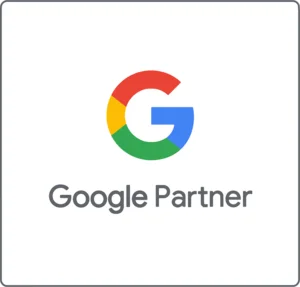We recently helped a client avoid moving into a completely new line of business prematurely by applying second-order thinking.
In this blog post, I’ll argue why second-order thinking will help you make better decisions in business and life.
What is second-order thinking?
Put simply, second-order thinking is about considering the ramifications of a decision before you act.
You can do this by asking yourself ‘and then what?’ as a way to get you thinking about the positive and negative consequences.
This differs from first-order thinking where you only consider solving your immediate problem.
Here’s an example:
You feel the 3pm slump coming on and reach for a Mars bar to get you through the rest of your workday.
That’s first-order thinking because you’re fixing the immediate problem.
Let’s apply second-order thinking by asking ‘and then what?’ where we’ll consider the consequences (both good and bad).
Positives:
- Convenient.
- Tastes great.
- Takes away your hunger.
Negatives:
- Sends your blood sugar skyrocketing where you’ll eventually crash and may feel hungry, irritable, tired and anxious etc.
- Adds caffeine to your system late in the day which may interrupt your sleep.
- Your body starts to crave the sugar, fat, and salt combination.
When you then begin to think about your choice over the long term, the negative effects really hit home.
Repeatedly choosing sugary, fatty and salty foods to fix your 3pm slump could lead to:
- high blood pressure
- weight gain
- tooth decay
- cardiovascular disease
The second-order thinking process lets you see the downsides of this decision.
I first learned about this mental model through Shane Parrish’s excellent Farnam Street blog and his podcast, The Knowledge Project.
So, how did we help our client make a better decision with second-order thinking?
Our client wanted to move into a very competitive vertical that they had no experience in.
We were asked how they could start to rank highly in Google so they could get organic leads this winter (in two-months’ time)
First-order thinking might involve something like this:
- Agree that it’s a great idea.
- Perform keyword research.
- Set up a new service page on their site with optimised content.
This solution keeps the client happy in the short term as they can see work is being done.
And then what?
In the long term, there is a strong chance the client/supplier relationship is damaged because expectations were not managed. No rankings. No traffic. No leads. No money.
Second-order thinking allows us to work through the problem at a deeper level and provide the right advice.
Here’s what we did:
- Considered the level of competition and the client’s current capability in this space (they had no experience).
- Considered the perceived value of the client’s offering versus established players – why would anyone choose our client over the competition (there was no reason).
- We were candid with the client about it being very hard to rank new content in Google within two months.
We then asked the client that if they were serious about entering this new market, they do the following as part of a long term strategy
- Build a new service page that demonstrates their capability and perceived value.
- Test Google Ads to see if the market liked their offer.
- Use the learnings from Google Ads to drive the Perth-focused SEO strategy and start to build relevant content and links over a longer timeframe.
- Given the competitive market, recommend updating the website, messaging and imagery to help position the client as a genuine alternative in this new space.
- We also warned the client of the downside risk of changing the site – it would mean they could lose their top 3 rankings for core business service keywords.
How did the client respond?
Our client responded very positively saying they appreciated our “hard work and honesty around these areas”.
They decided to “double down” on what they do best – their core business.
This is a great result.
We hope the client does still consider venturing into the competitive market, albeit with a long term approach.
Want to start using more second-order thinking?
There’s a strong chance you already use this framework when making some decisions.
It’s those problems that initially look easy to solve that can bring us undone if we don’t think them through.
The next time you’re faced with a choice and you think you’ve made the right decision, just ask yourself ‘and then what?’.




